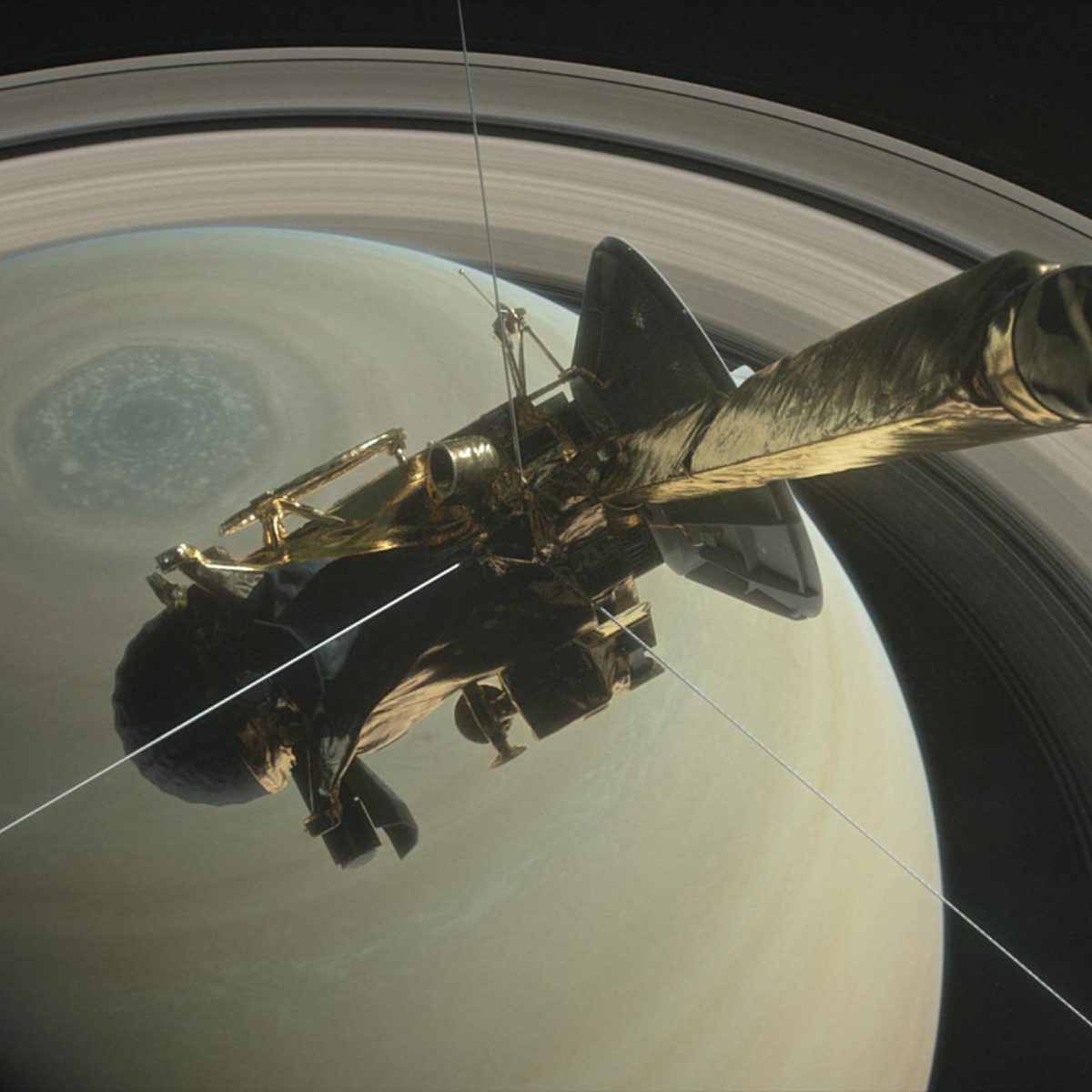
James Green
Senior Advisor to NASA and host of Gravity Assist
Dr. James L. Green received his Ph.D. in Space Physics from the University of Iowa in 1979 and began working at NASA’s Marshall Space Flight Center, where he developed and managed NASA’s first Internet, the Space Physics Analysis Network. His positions at NASA include serving as head of the National Space Science Data Center at Goddard Space Flight Center, Chief of the Space Science Data Operations Office, and Chief of the Science Proposal Support Office. In August 2006, Jim became the Director of the Planetary Science Division at NASA Headquarters. Under his leadership at the Planetary Science Division, several missions have been successfully executed, including the New Horizons spacecraft flyby of Pluto, the MESSENGER spacecraft to Mercury, the Juno spacecraft to Jupiter, the Grail A and B spacecraft to the Moon, the Dawn spacecraft to Vesta and Ceres, and the landing of the Curiosity rover on Mars.
Over his career, Jim has received numerous awards, including the Arthur S. Flemming award for outstanding individual performance in the federal government, and Japan’s Kotani Prize in recognition of his international science data management activities. He has written over 115 scientific articles in refereed journals about Earth and planetary science and over 50 technical articles on data systems and networks. In 2015 Jim was a part of the NASA involvement with the film “The Martian.”
Latest Planetary Radio Appearances
The former director of NASA’s Planetary Science division, Jim Green, retired as the agency’s chief scientist in January. This episode opens with a special announcement from host Mat Kaplan.
We were there when the Cassini spacecraft ended 13 years of exploration and revelation at Saturn.
NASA’s Jim Green and Mary Voytek want the science community to develop tools that will help us evaluate potential evidence of life beyond Earth.


 Explore Worlds
Explore Worlds Find Life
Find Life Defend Earth
Defend Earth




